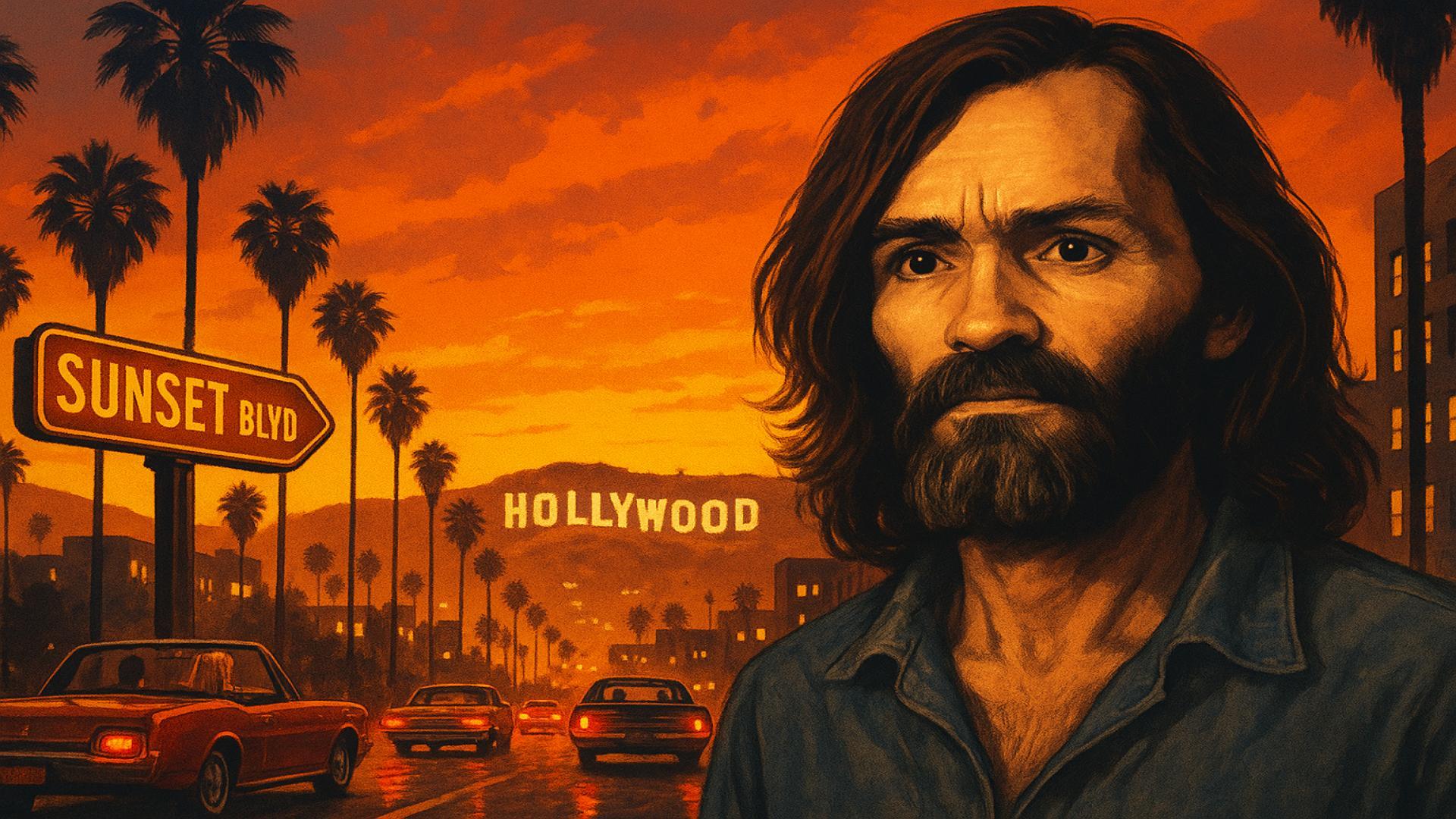2. Manson’s Ambitions as a Musician

Manson’s fixation on fame found its outlet in music. He wrote folksy, psychedelic songs and actively sought out industry insiders, forging a notable connection with Terry Melcher, a successful record producer and son of Doris Day. Manson’s style echoed other fringe acts of the late sixties, blending haunting lyrics with a raw, unsettling energy. Despite his relentless ambition, his music career never took off—rejection by Melcher and others only fueled his resentment. Still, his brief brushes with the industry left a lasting mark on both sides.












